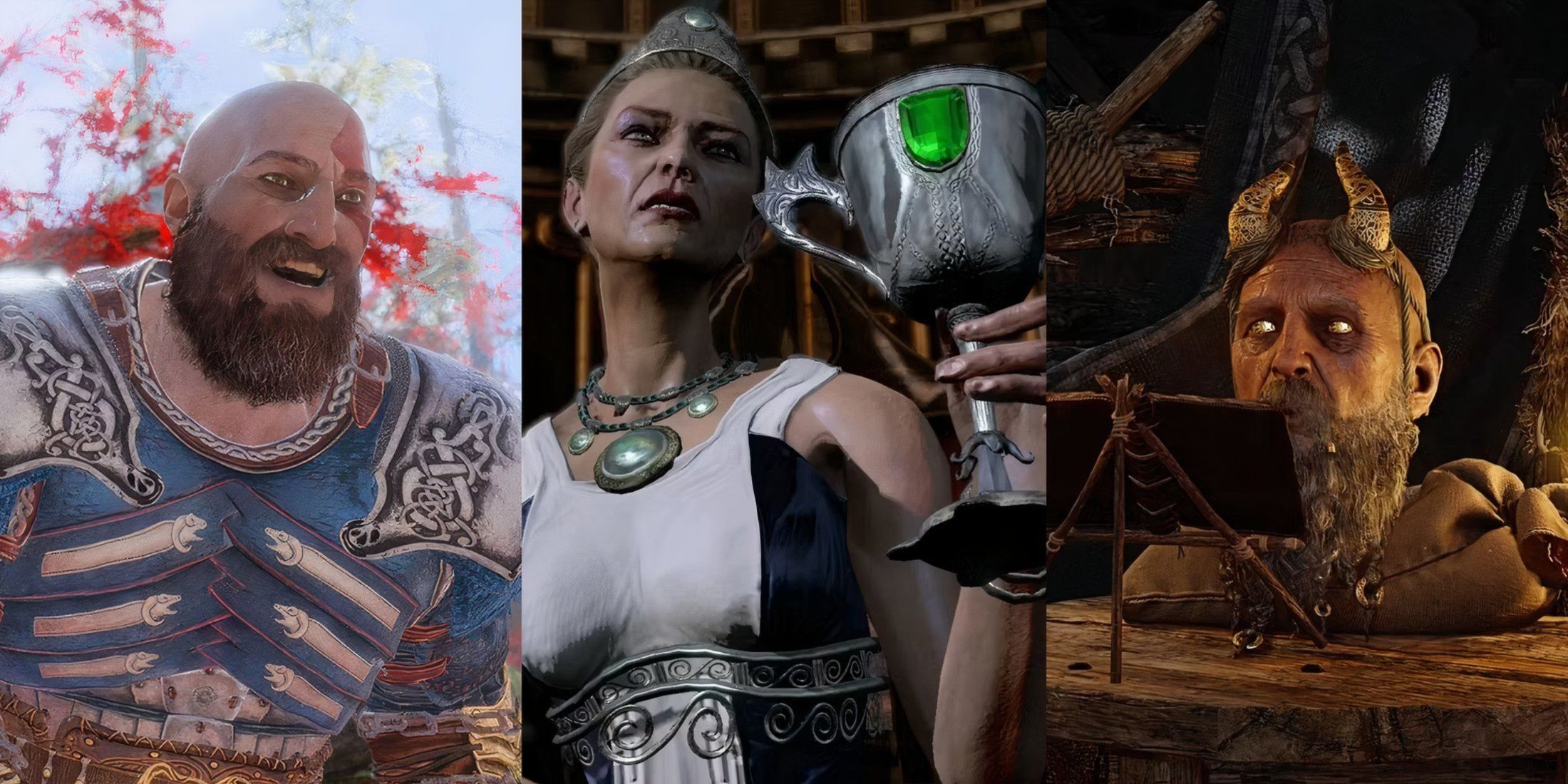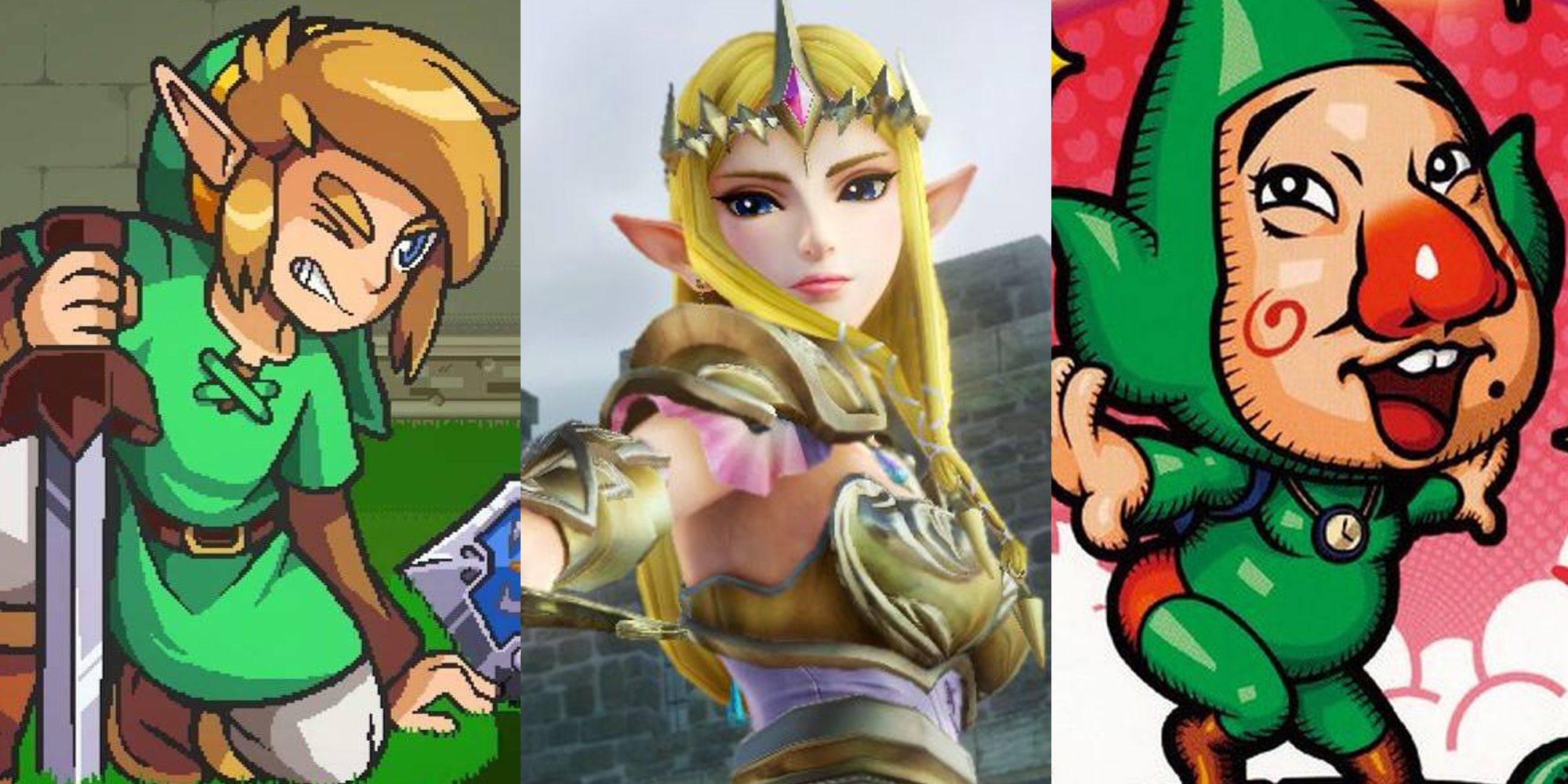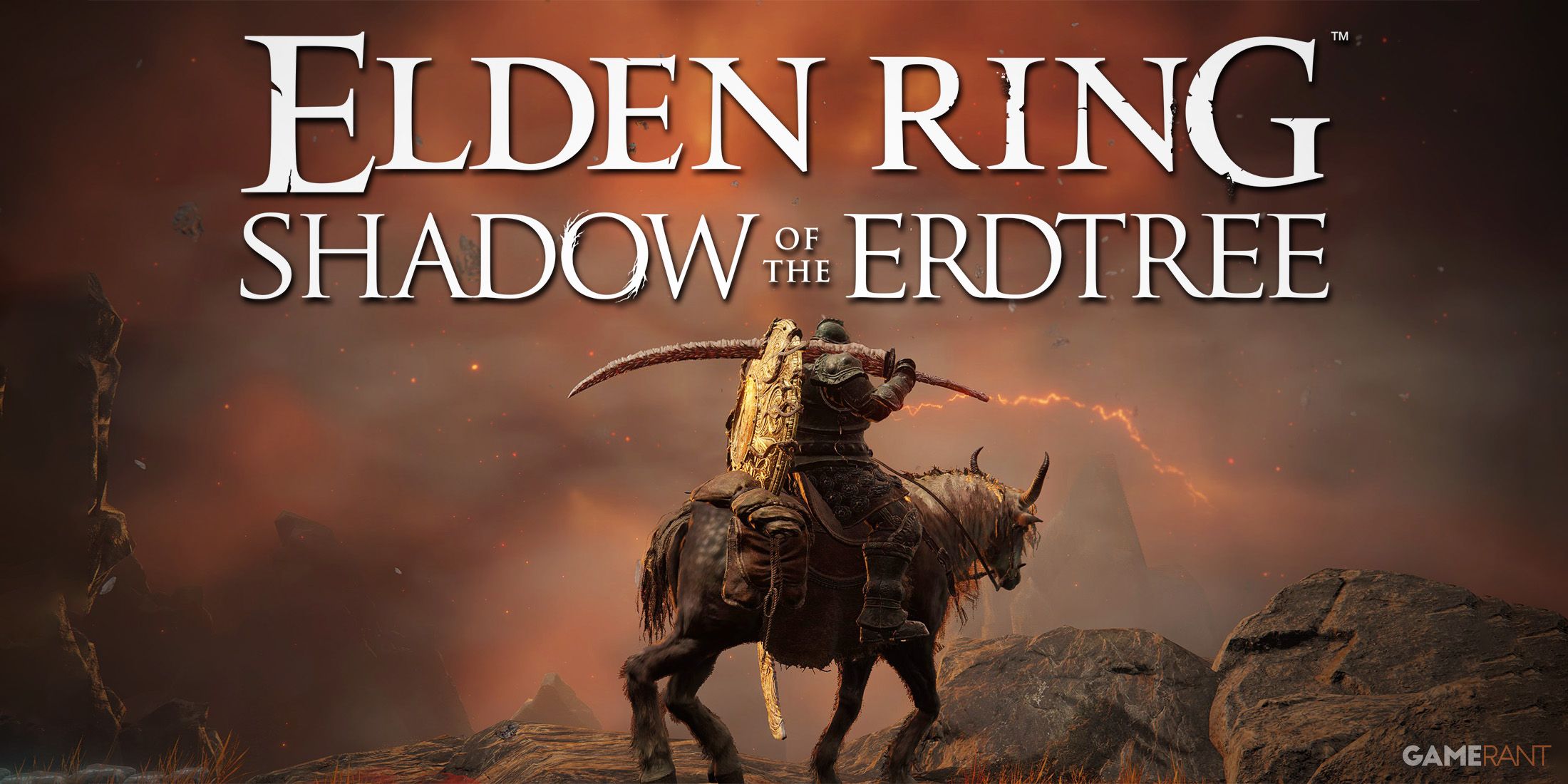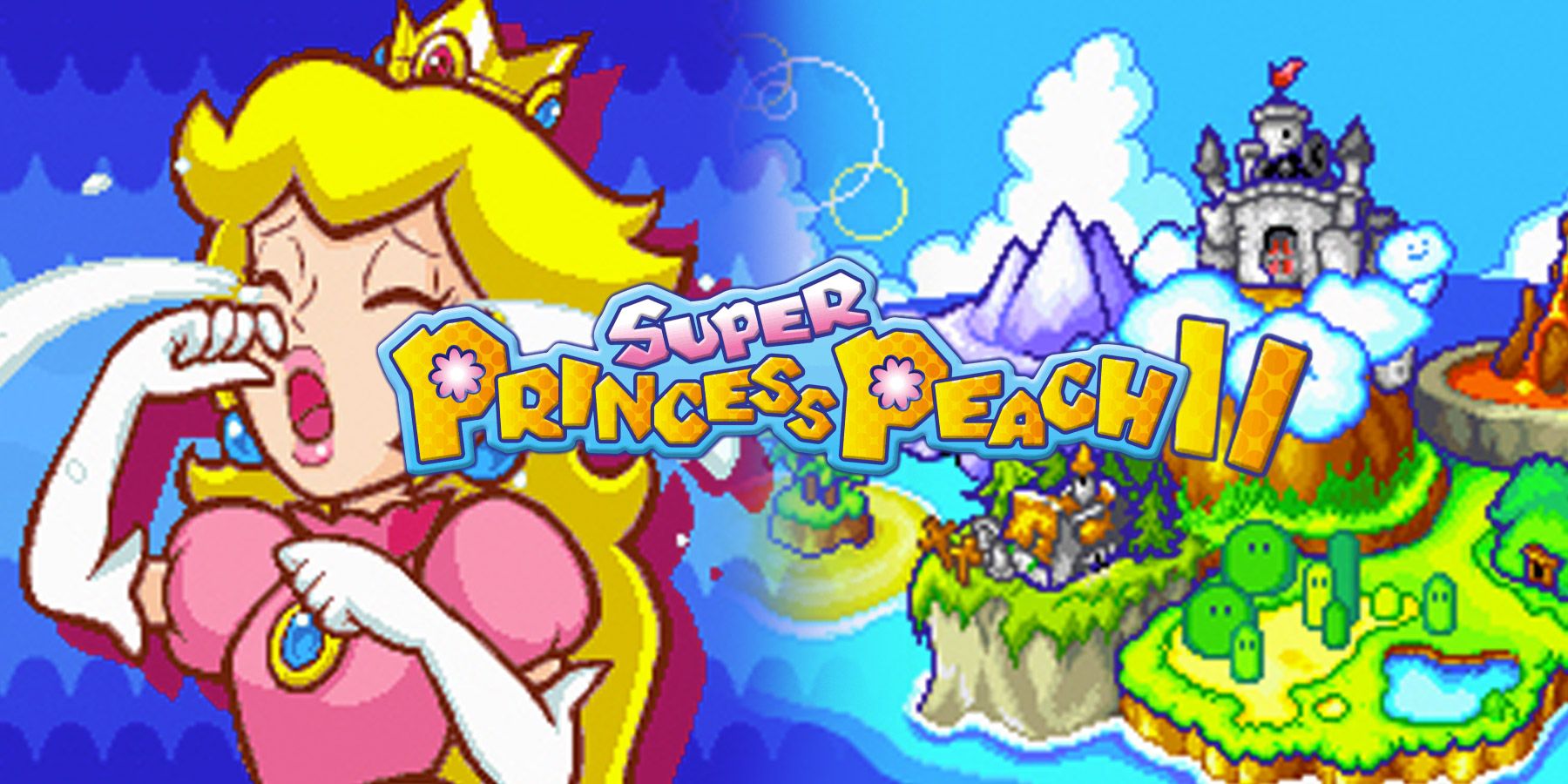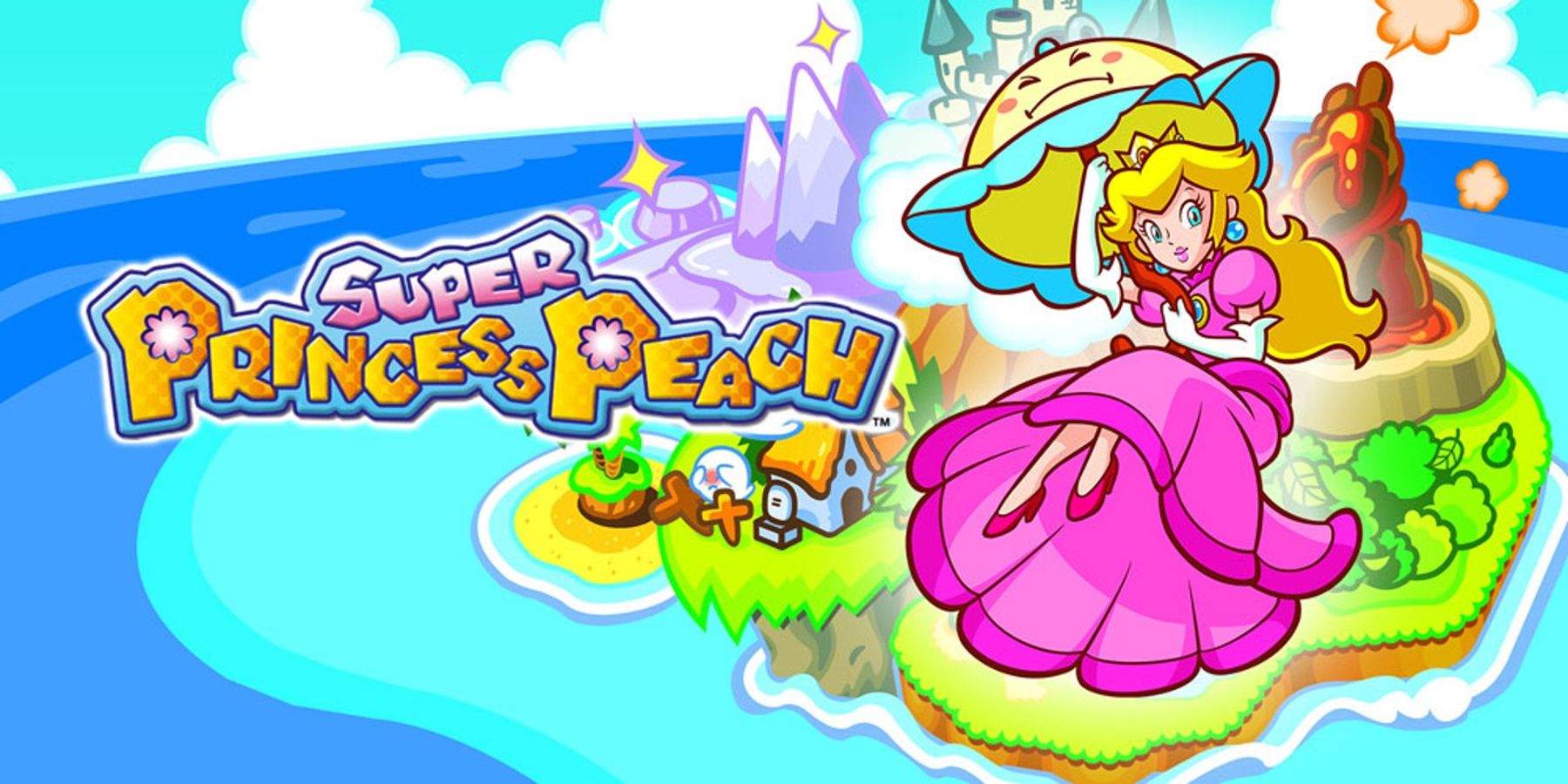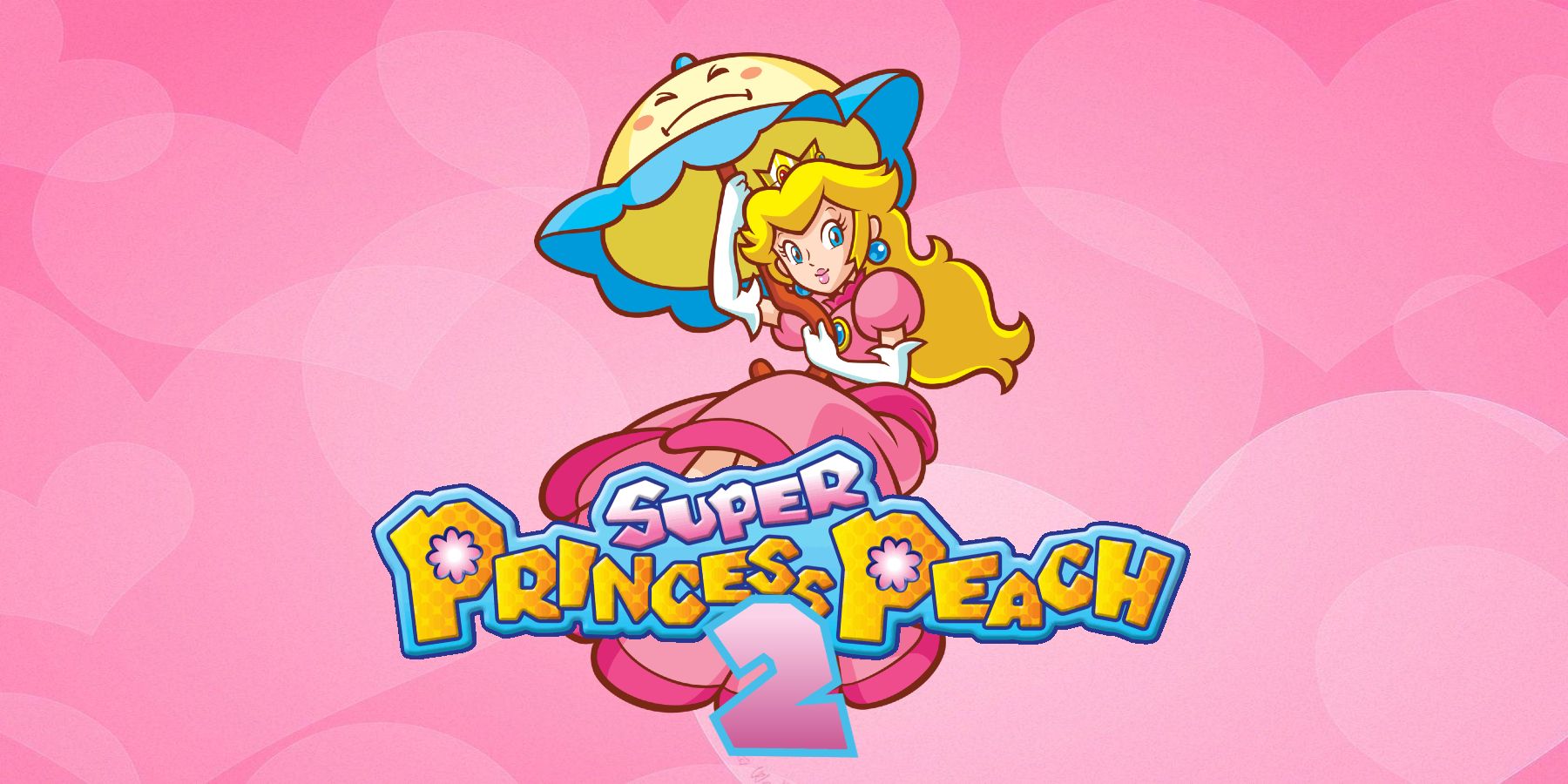Among the roster of familiar faces from the Super Mario franchise, Princess Peach has seemingly been overlooked following Super Princess Peach. Originally launched in 2005 for the DS, many fans seem to forget how influential Super Princess Peach was across the Super Mario series in the years following its release, ranging from inspiring parts of Peach's moveset in the Super Smash Bros. series to being included in sports game spin-offs such as Mario Super Sluggers or Mario Sports Mix.
Despite receiving a generally favorable reception, Nintendo didn't seem keen to continue a series centered around Peach. While Luigi is now easily recognized for his days moonlighting as a ghostbuster and Yoshi embarks on his own adventures, a sequel to Super Princess Peach is long overdue. As some players entertain the possibility of the original Super Princes Peach being remastered for the Switch, others are asking for Nintendo to revisit its iconic princess and provide her another chance to be the heroine of her own story.
The Original Super Princess Peach
Like many Super Mario games, the premise behind Super Princess Peach is fairly straightforward: Bowser, in pursuit of power, has found a legendary weapon that he's used to capture and imprison Mario, Luigi, and the Toads. As Peach as avoided this fate, it is up to her to save them and her kingdom from Bowser's rule. What makes Super Princess Peach unique among other games of the franchise is its mechanics utilizing emotions thanks to the Vibe Scepter.
While other denizens of the Mushroom Kingdom have fallen victim to Bowser and his underlings running amok with the Vibe Scepter, Peach can channel and utilize her heightened emotions for her own benefit. This culminates in her four main abilities specified as joy, gloom, rage, and calm, which allow her to traverse levels and defeat enemies accordingly. Alongside her companion Perry, a sentient parasol with a mysterious past, she ultimately overcomes Bowser and his minions in spite of him using the Vibe Scepter to enhance their rage.
Possible Approaches to a Sequel
Since most Mario games require little groundwork to establish their premise, a Super Princess Peach 2 could very easily pick up where the first game left off. The Vibe Scepter could reappear in the second game's story, whether it is stolen by a new adversary or is accidentally lost on the journey back to Peach's Castle. The latter case could parallel Perry's own story, and in doing so it could help lead into a sequel that explores Perry's backstory in greater detail, simultaneously providing a reason for Perry to reappear and motivate Peach to embark on another adventure.
Beyond a deeper story that could explore elements of the first game, a sequel could also help refine and improve upon Peach's abilities and moveset. One obvious example would be to introduce new emotions, especially if these align with existing psychological understanding of six classified emotions. While joy, gloom, and rage could reflect happiness, sadness, and anger, then further emotions such as surprise, fear, and disgust could be contenders for expanded abilities. This would make calm an outlier, but Nintendo would not be held to prescriptive psychology when designing a game, and could easily take creative liberties.
Since Super Princess Peach was formative for other games in the Mario canon, a sequel could develop this more and elevate Peach to being more capable and powerful. This might run contrary to the vast majority of Mario games in which Peach is frequently presented as the damsel in distress, but Nintendo could provide a canonical explanation for her disinterest in being a hero most days. Alternatively, Nintendo could embrace the gaming community's resistance to this well-worn trope and allow Peach to love being a hero.
Super Princess Peach is available now exclusively on the Nintendo DS.

